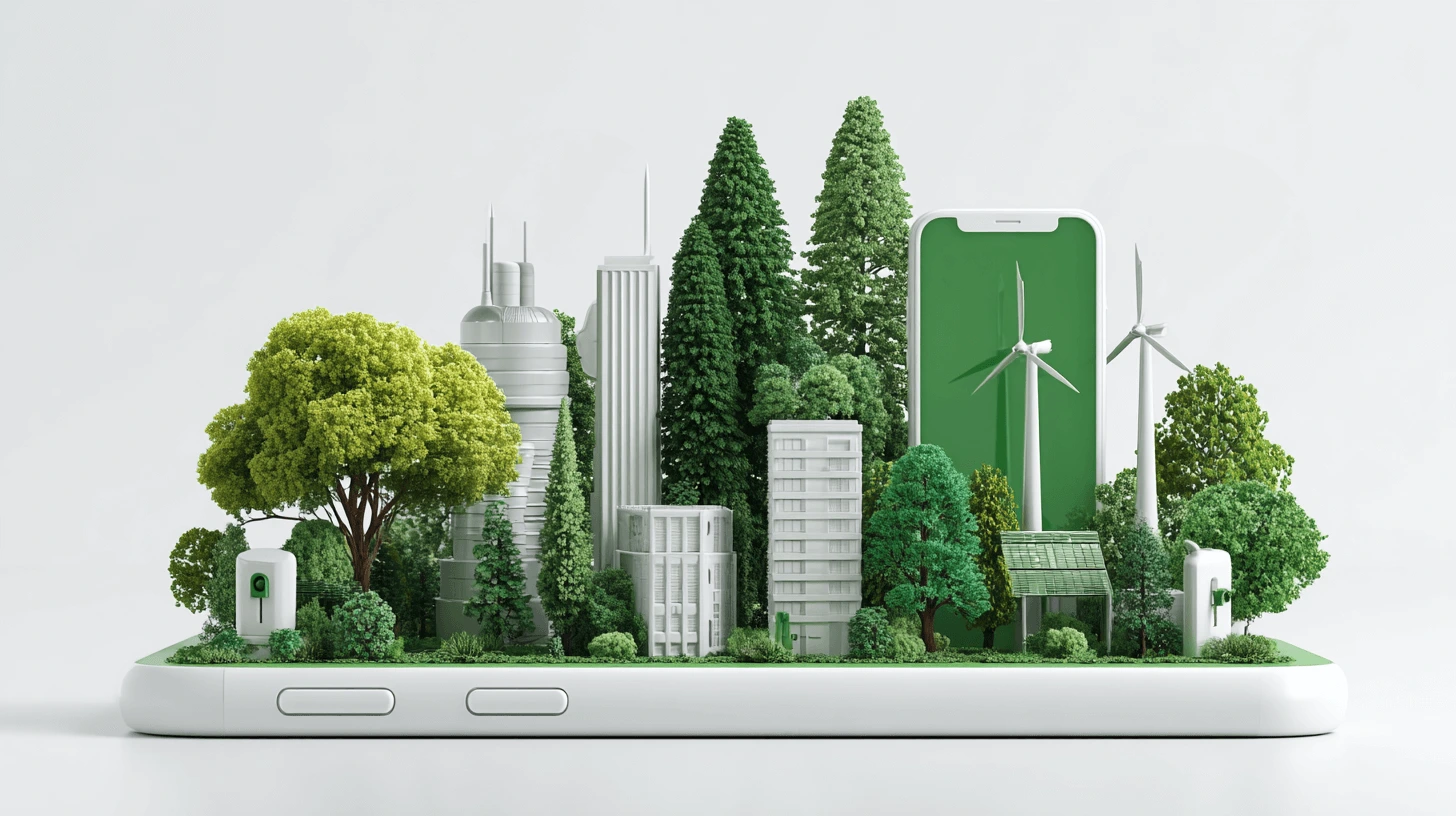Sustainability isn’t just a line item on corporate value statements anymore. In fact, in the past six months alone, I’ve noticed a 6% rise in sustainability conversations at our Client Experience Centre (CEC). Whether it’s tech refreshes, procurement strategies, or long-term planning, sustainability is influencing decision-making more than ever.
But here’s the thing—how often do these conversations move beyond the abstract? Sustainability isn’t just a “goal.” For businesses, it’s about the tangible choices we make: the devices we buy, the software we use, and the lifecycle strategies we embrace.
One area where I’ve seen sustainability truly take centre stage is in device strategy. Let’s dig into how this is shaping up and why tools like Windows 11 are making waves in this space.
Sustainable Devices: Where Innovation Meets Responsibility
Devices are the building blocks of any IT strategy. They power every team, from hybrid workforces to customer-facing operations. But let’s be honest—how often do we think about the environmental impact of the laptops, desktops, and tablets we roll out across an organisation?
Take Surface devices as an example. Their energy efficiency and extended lifecycle have made them a compelling choice for organisations that prioritise sustainability. When we worked with RLB, one of their top priorities was ensuring their IT investments aligned with their values. Sustainability wasn’t just a “nice-to-have” for them—it was a necessity. Choosing long-lasting, easily upgradable devices helped reduce their environmental footprint while delivering the performance their teams needed.
What this shows is that sustainable device strategies aren’t just about being eco-conscious—they’re also about smart business. Devices that are designed to last longer and use less energy are a win for the environment and your bottom line.
Windows 11: A New Chapter for Sustainable IT
Enter Windows 11, which brings sustainability into the software conversation in a big way. While most of us focus on its productivity and security features, Microsoft has quietly woven in environmental benefits that are worth exploring.
For starters, Windows 11 is designed to work seamlessly on energy-efficient devices, making it a natural fit for companies looking to reduce their carbon footprint. Its power management features, like EcoQoS, allow for better energy optimisation, ensuring devices perform efficiently without unnecessary power consumption.
Moreover, Windows 11’s focus on cloud-based updates reduces the need for frequent, bandwidth-heavy software refreshes—a small but meaningful way to lower IT’s environmental impact. It’s these incremental improvements that, when scaled across a large organisation, make a significant difference.
But it’s not just about energy efficiency. Windows 11 also promotes device longevity through features like Snap Layouts and Virtual Desktops, which help teams get more out of their devices. By improving the user experience and extending the functional life of hardware, companies can delay refresh cycles, saving both money and resources.
Shifting the Lifecycle Conversation
Sustainability in IT isn’t just about the devices you choose—it’s about how you manage them. More businesses are rethinking their lifecycle strategies, focusing on:
Refurbishing and Redeploying: Extending the life of devices by redeploying them in secondary roles.
Recycling Responsibly: Partnering with certified e-waste recyclers to ensure devices don’t end up in landfills.
Software-First Upgrades: Instead of replacing hardware, upgrading to software like Windows 11 can unlock better performance without the environmental cost of a hardware refresh.
It’s an approach I’ve seen resonate with clients who are looking for ways to align IT strategy with their sustainability goals. By making these lifecycle adjustments, organisations can build a more circular IT strategy—one that reduces waste and maximises value.
Beyond the Fluff: Are We Walking the Talk?
Sustainability can feel like a buzzword, but in my role at the CEC, I’ve seen it becoming a genuine driver of decision-making. Clients aren’t just asking about the “green” credentials of their devices—they’re embedding sustainability into their RFPs, procurement processes, and strategic planning.
That said, there’s always the risk of fluff—grand claims without substance. The difference between talk and action comes down to execution: are your devices genuinely energy-efficient? Are you actively measuring and reducing e-waste? And perhaps most importantly, are you ensuring your IT strategy supports both innovation and environmental responsibility?
Final Thoughts: Sustainability as Strategy
Sustainability isn’t a separate goal—it’s a thread that runs through every decision we make in IT. From choosing energy-efficient devices to rolling out software like Windows 11 that maximises their potential, sustainability is no longer just about doing the right thing. It’s about doing the smart thing.
